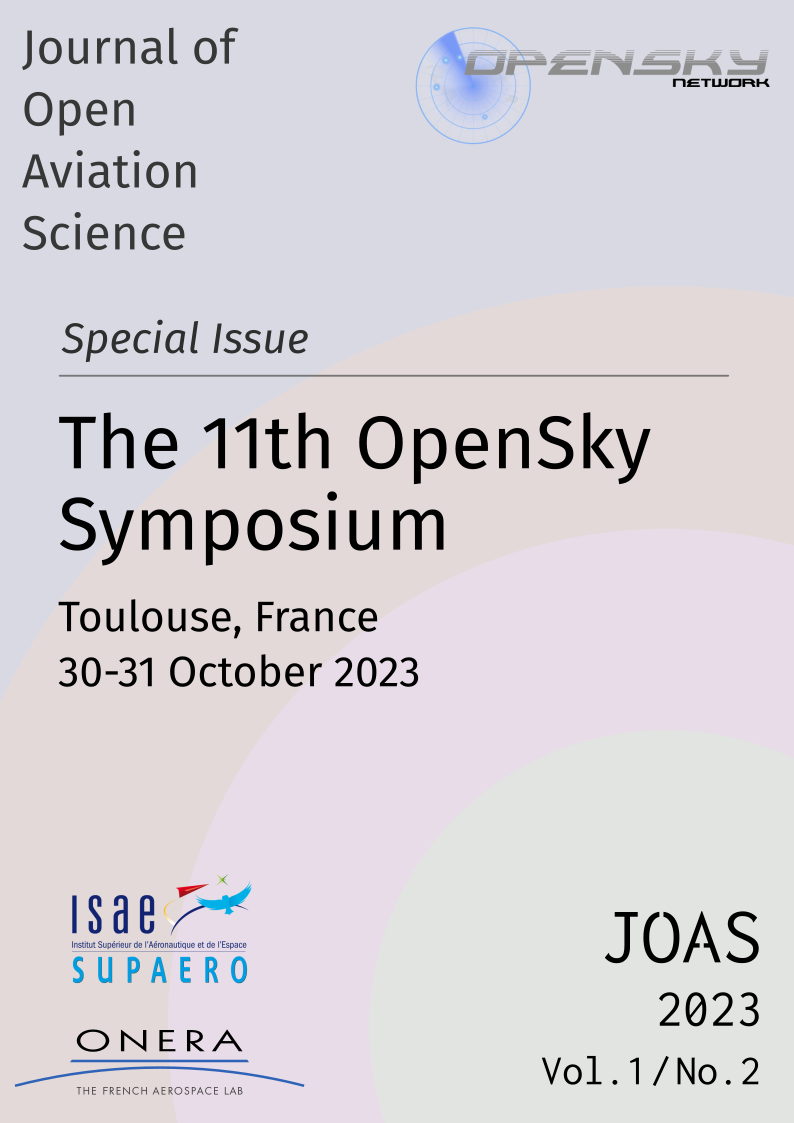Airlines' Network Analysis on an Air-Rail Multimodal System
DOI:
https://doi.org/10.59490/joas.2023.7223Keywords:
multimodality, modal shift, network analysis, airline fleet, emissions reductionAbstract
This article explores the potential impact of short-haul flight bans in Spain. We build the rail and flight network for the Spanish peninsula, merging openly available ADS-B-based data, for the reconstruction of air schedules and aircraft rotations, and rail operator data, for the modelling of the rail network. We then simulate a ban that would remove flights having a suitable train replacement, i.e., representing a trip shorter than a threshold that we vary continuously up to 15-h. We study the impact in terms of 1) air route reduction, 2) aircraft utilisation and fleet downsizing for airlines, 3) airport infrastructure relief and rail network requirements, 4) CO2 emissions and 5) possible itineraries and travel times for passengers. We find that a threshold of 3 hours (banning all flights with a direct rail alternative faster than three hours) presents some notable advantages in emissions while keeping the aircraft utilisation rate at an adequate level. Interestingly, passengers would then experience an increase in their itinerary options, with only a moderate increase in their total travel times.
Metrics
Downloads
Additional Files
Published
How to Cite
Issue
Section
License
Copyright (c) 2023 Luis Delgado, Cesar Trapote-Barreira, Adeline Montlaur, Tatjana Bolić, Gérald Gurtner

This work is licensed under a Creative Commons Attribution 4.0 International License.


